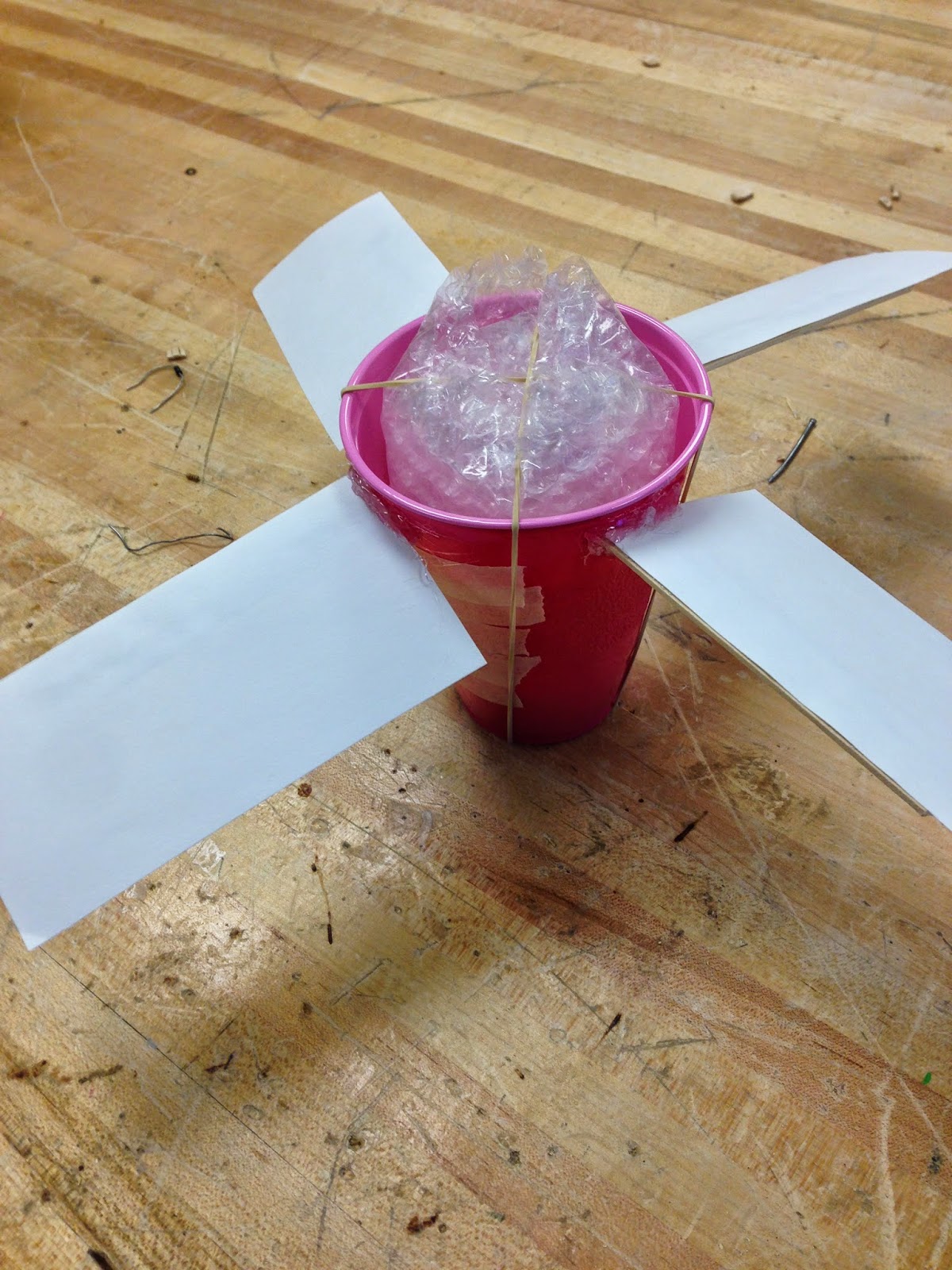
I really liked this class because it was really something different and it really got you thinking about all of the different ways that you can solve a problem, and it got you to think more deeply about the problems presented. If I were to change one thing about the class is I would have there be more choices of projects during the first two project so that less people are doing the same project so people think more differently and there isn't the same designs for a project.
This class has really gotten me to think and look differently about different problems and how to solve them. I also learned how to use the design process to solve problems. This class really got me to look deeper into the problem to find the right answer to fix it in the most efficient way.

.jpeg)







